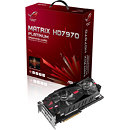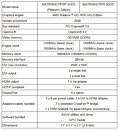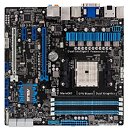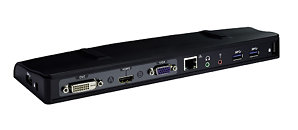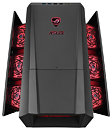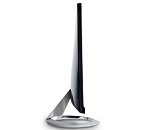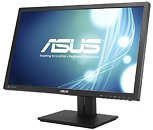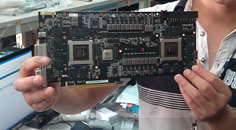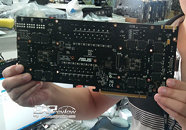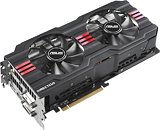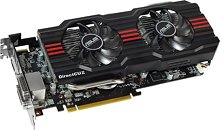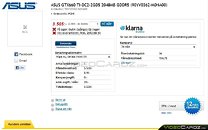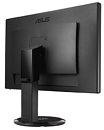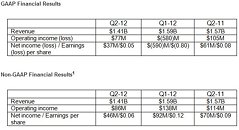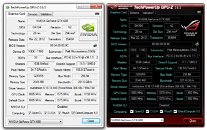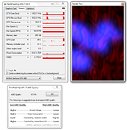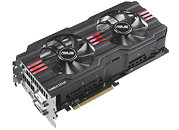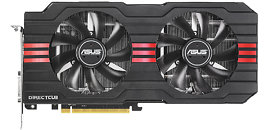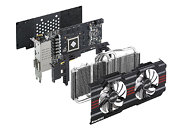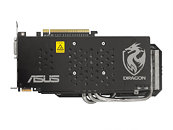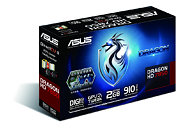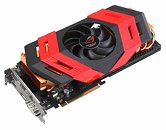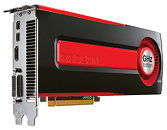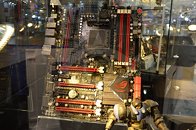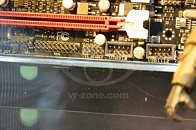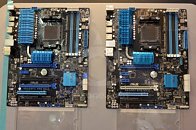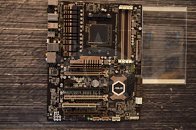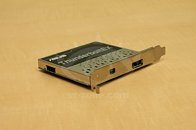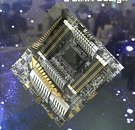
ASUS Announces the Matrix HD 7970/Platinum Graphics Card
ASUS finally announced its flagship AMD Radeon graphics card, the Matrix HD 7970 Platinum. The card basked in camera flashlight at this years biggest tech tradeshows, and is released to the market with the new Radeon HD 7970 GHz Edition ASIC, that includes PowerTune with Boost technology. Available in two variants, the base model (1000/1050/6600 MHz core/boost/memory), and Platinum (1050/1100/6600 MHz), the card uses a strong 20-phase VRM that draws power from two 8-pin PCIe power connectors. The VRM features sophisticated load-line calibration features with manual LLC factor control (fine-tune protection against V-droop during voltage-sensitive overclocking sessions).
Apart from manual LLC factor tuning, the card features VGA Hotwire, clearly labeled points on its PCB that let you outfit it with manual voltage tuning circuitry. The card provides software voltage control via GPU Tweak, too, but is restricted to ~1.3V. The PCB features an LN2 mode switch, which loads an extreme cooling-optimized BIOS. A fan-override button shoots fan speed to 100% without software interference. Lastly, the card is cooled by a triple-slot ROG-styled DirectCU II cooler that covers most hot components, including the GPU, memory, and VRM. An additional LN2-optimized VRM heatsink is included in the package. Prices start at US $490.
Apart from manual LLC factor tuning, the card features VGA Hotwire, clearly labeled points on its PCB that let you outfit it with manual voltage tuning circuitry. The card provides software voltage control via GPU Tweak, too, but is restricted to ~1.3V. The PCB features an LN2 mode switch, which loads an extreme cooling-optimized BIOS. A fan-override button shoots fan speed to 100% without software interference. Lastly, the card is cooled by a triple-slot ROG-styled DirectCU II cooler that covers most hot components, including the GPU, memory, and VRM. An additional LN2-optimized VRM heatsink is included in the package. Prices start at US $490.
